High Energy Use of the Developed World
Not long ago I learned that an average American family with two adults and two children driving two cars to commute to work and living in suburbia uses thousands of times more energy than a family living in an African village. Energy consumption includes a one-time cost of building their house, ongoing maintenance, heat/air conditioning to make them comfortable, the energy cost of making cars they replace every few years and fueling those cars, and the maintenance of a landscape consisting of grass lawn and ornamental plants. Also, the energy used to grow and transport the food they buy from grocery stores, and the clothes they wear. The list goes on and on.
Even though this is an American dream come true for many middle-class to upper-class Americans, I ask myself if this non-sustainable high energy use is fair to the rest of the world population. Do these high consumption practices and the pollution they produce contribute to climate change and deplete non-renewal resource we have on the earth?
What Can We Do As Individuals?
Then I ask myself, what can I do as an individual and as part of a family to be more responsible for the use of natural resources so we don't damage this earth to the extent that my children and their children can no longer enjoy the beautiful nature as I do. Otherwise, we are like an irresponsible government incurring an astronomical amount of debt and letting the next generations pay for it. Who likes to be born with debt and a sick earth to care for?
Where Do I Start?
Where do I start limiting my energy usage? I started with food. My family used to buy food from grocery stores. These food are shipped from around the globe. Even if they are organically grown, the energy cost used to ship them long distances is still high - not good for the earth. Therefore, I started to grow food for my own family. I needed space to grow food so I got rid of my useless ornamental plants and grass lawn, which require a high energy input of gasoline, water, and labor to maintain them. In order to make them look good, high dosages of fertilizer, herbicides, and pesticides are used and cause pollution.
Grow Perennial Vegetables
I started from growing vegetables. Instead of the high energy input of annual crops, I grow perennials. Most gardeners are familiar with asparagus, which is a perennial plant that can live up to 20 years. You plant it once, then you get to harvest it year after year for 20 years without tilling, exposing bare soil, laboring intensively, and continuously putting in non-renewable energy. There are different perennial vegetables for different climates. I live in a subtropical climate. Therefore I find and grow Moringa, Longevity Spinach, Malabar Spinach, Okinawa Spinach, Chaya, Water Spinach, and Sweet Potato vines for leaves.
Grow Starchy Energy Food
My staple food used to be rice and wheat, which grow thousands of miles away and are shipped to the local grocery stores. Then I put gas in my car and drive to buy them. Now I have grown sweet potato, malanga and cassava, all used by indigenous people, to replace them.
All three crops take no energy from people to grow. I don't need to babysit them. Our Creator takes care of them by providing sunlight and rainwater. Sweet Potato grows like a weed. As a matter of fact, they can even outcompete weeds. They supply us with not only tubers as a root crop but also leaves as greens. Malanga likes to be in partially shady and wet areas. Therefore, they are perfect for the herbaceous layer in a food forest. I strategically place them where there is little sunlight and where it is also wet. I even use berms and basins to create a microclimate to retain more rainwater for them to thrive. Cassava can grow well in poor soil. That's where I grow them before my poor sandy soil is built up slowly. Now I can completely wean myself off rice and wheat!
Image how many forests can be saved from becoming farmland and how much energy can be saved if more people living in suburban areas do the same things.
The greatest change we need to make is from consumption to production, even if on a small scale, in our own gardens. If only 10% of us do this, there is enough for everyone. ~Bill Mollison
How Indigenous People Grow Malanga
I am showing you how indigenous people grow and harvest Malanga. It's very simple and requires nothing more than harvesting, replanting immediately, leaving it along, and coming back to harvest it next year.
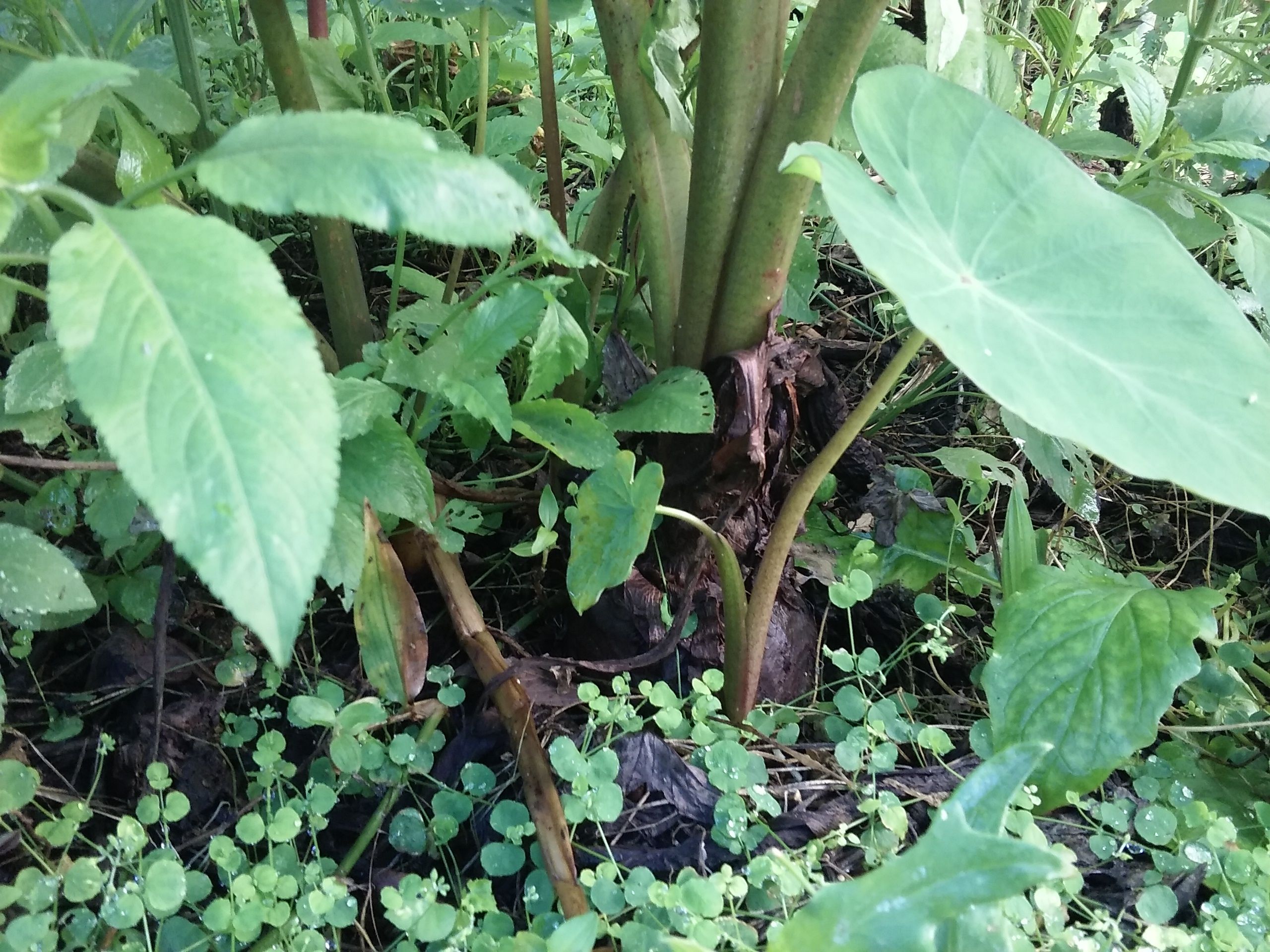
This malanga has been grown for one year and is ready for harvest.
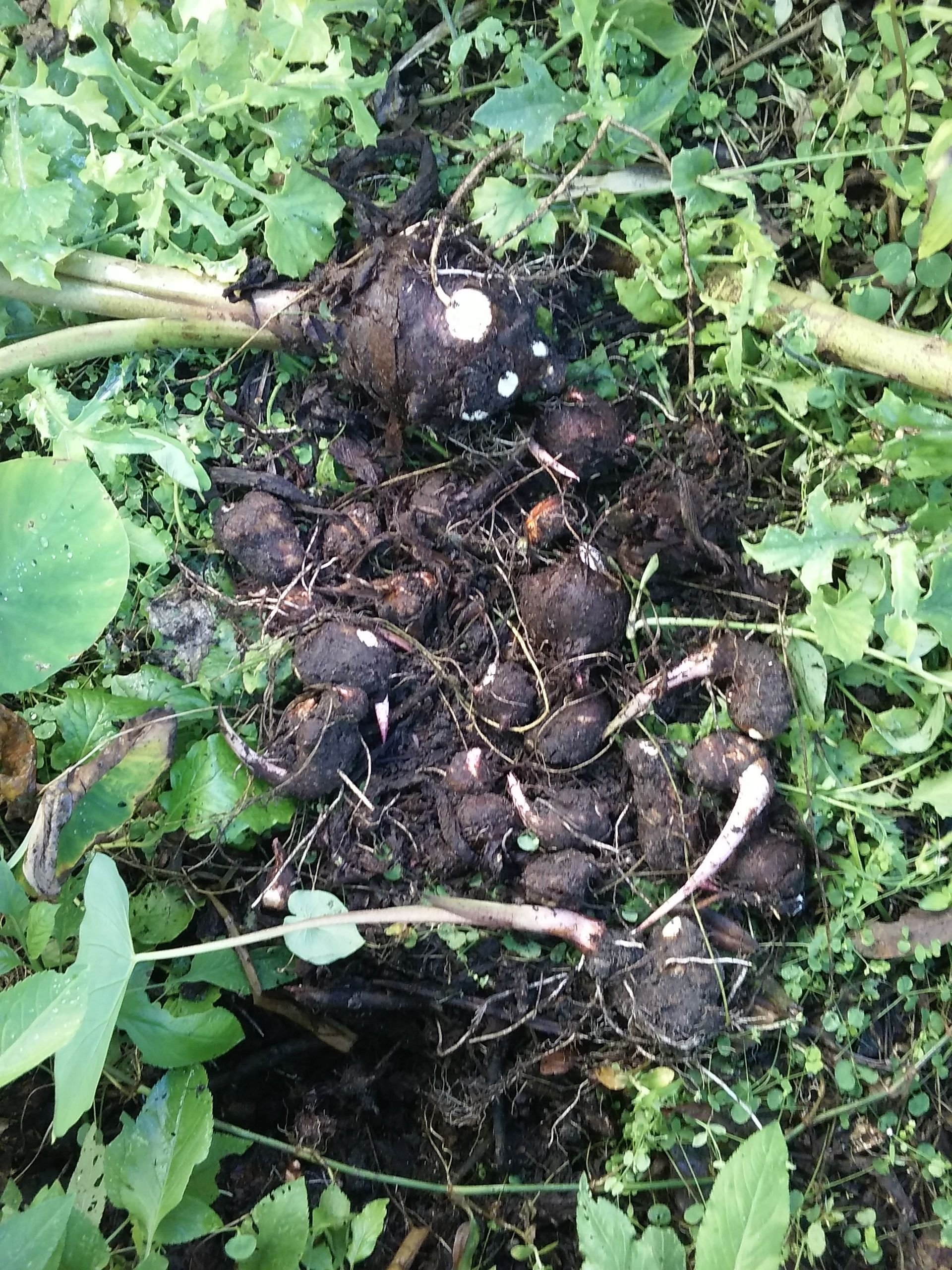
I lift it up and separate the baby corms attached to the original corm I planted one year ago. You can see one corm produces 20-30 corms in a year.
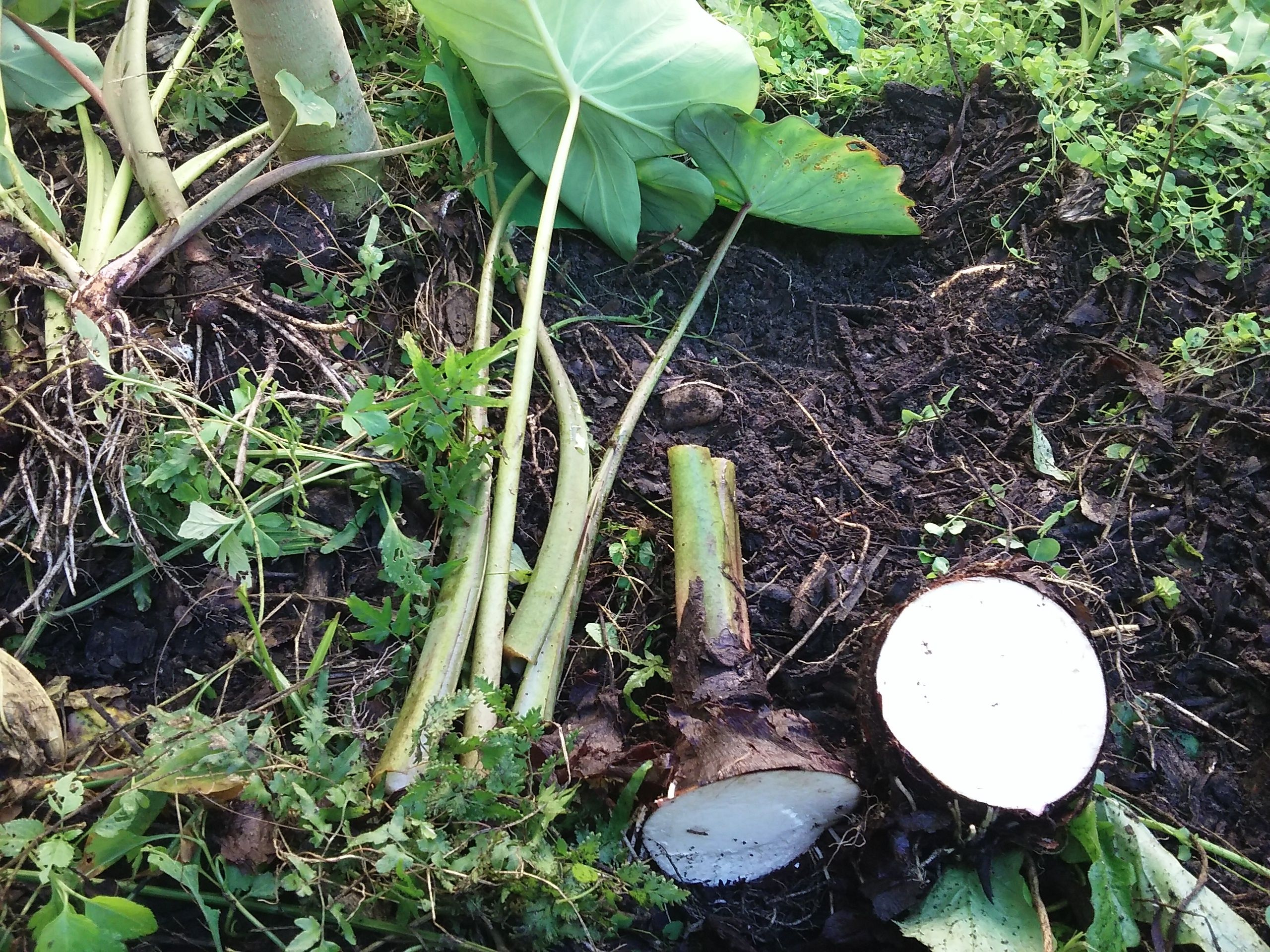
I take the original corm, cut the top one inch off and save about 6 inches of stems. This will produce a much larger corm next year than planting from just a baby corm.
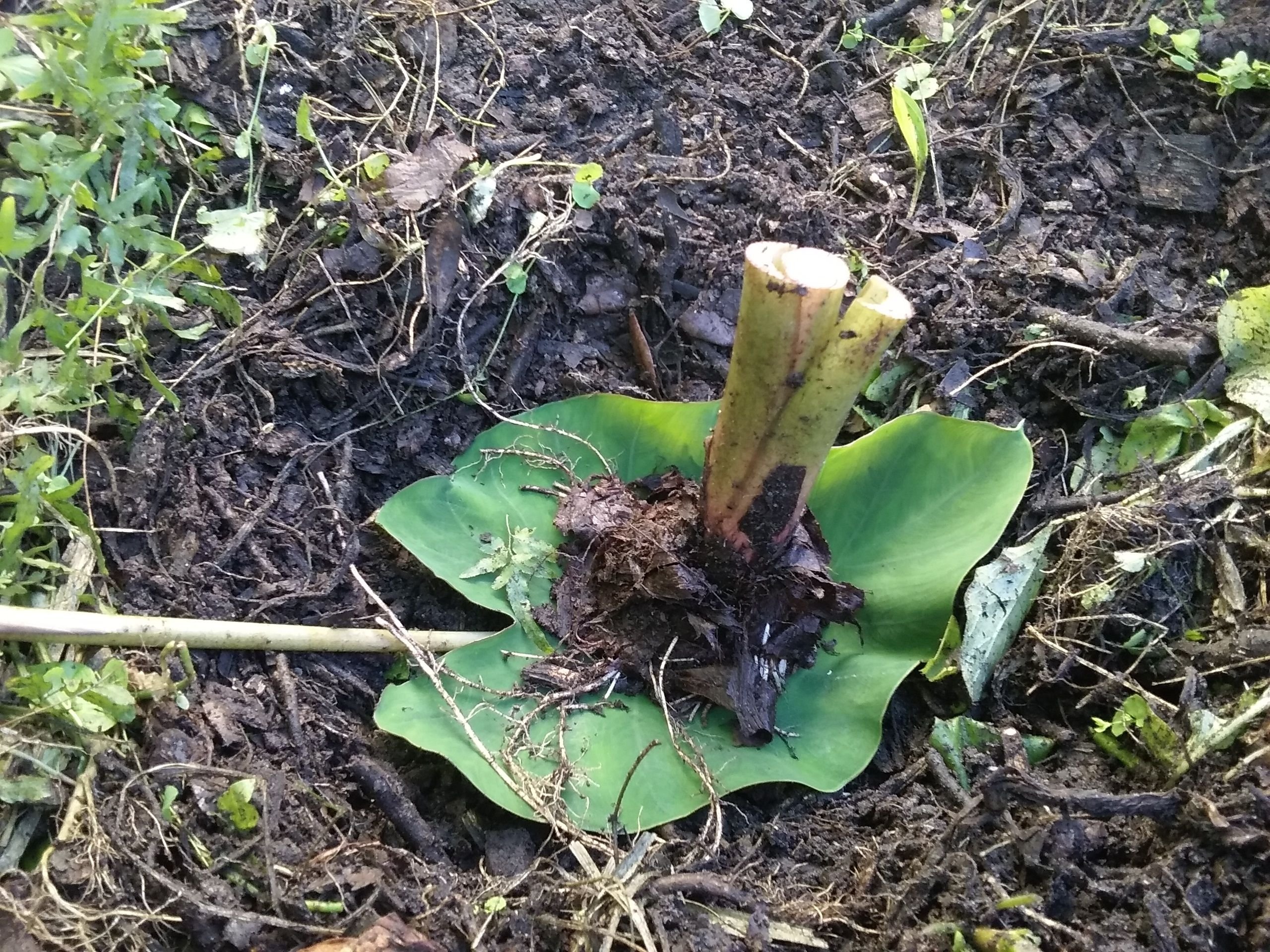
Put a leaf on the bottom of the hole and place the one-inch corm on top of it.
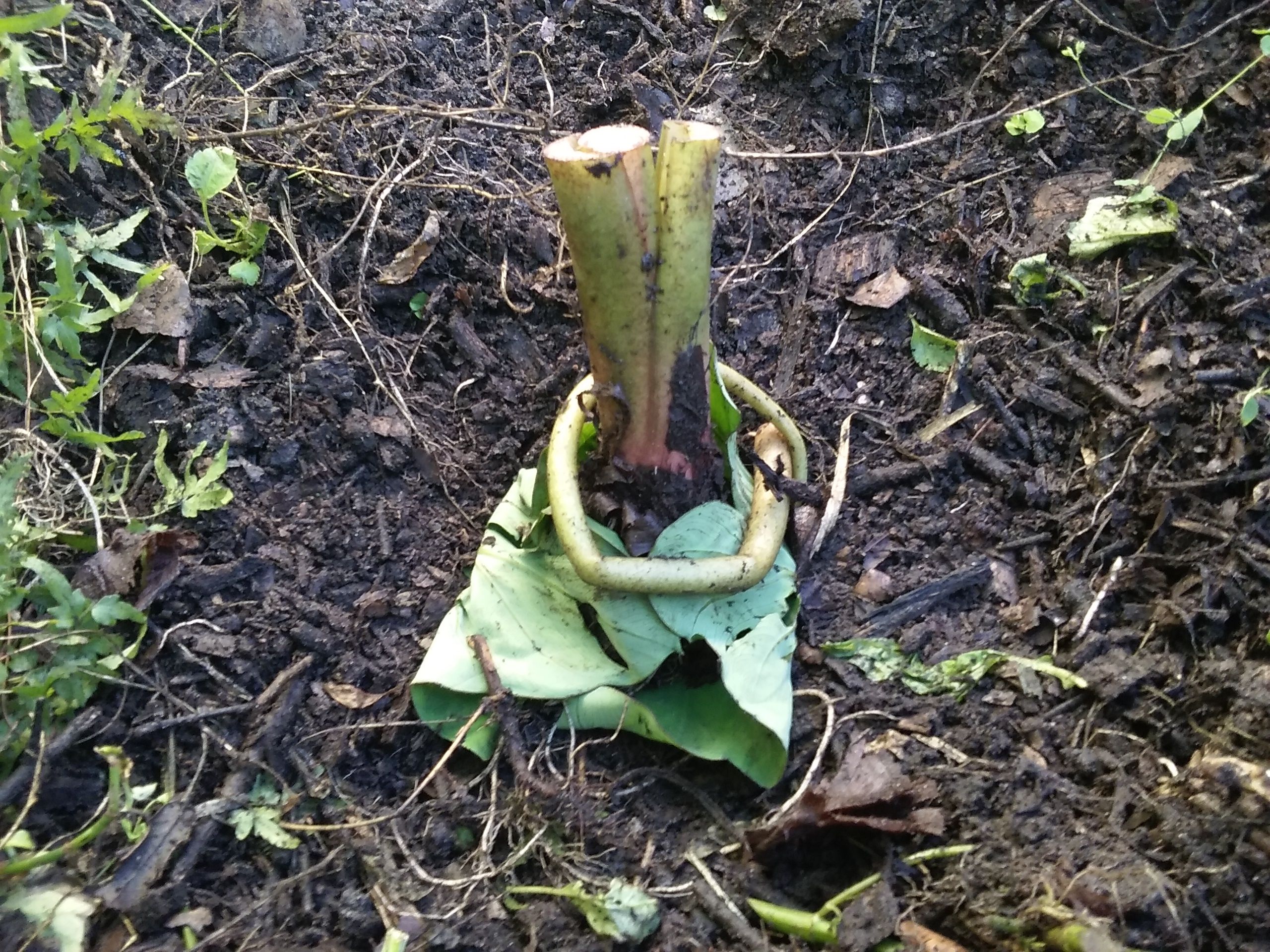
Use the leaf to wrap the corm
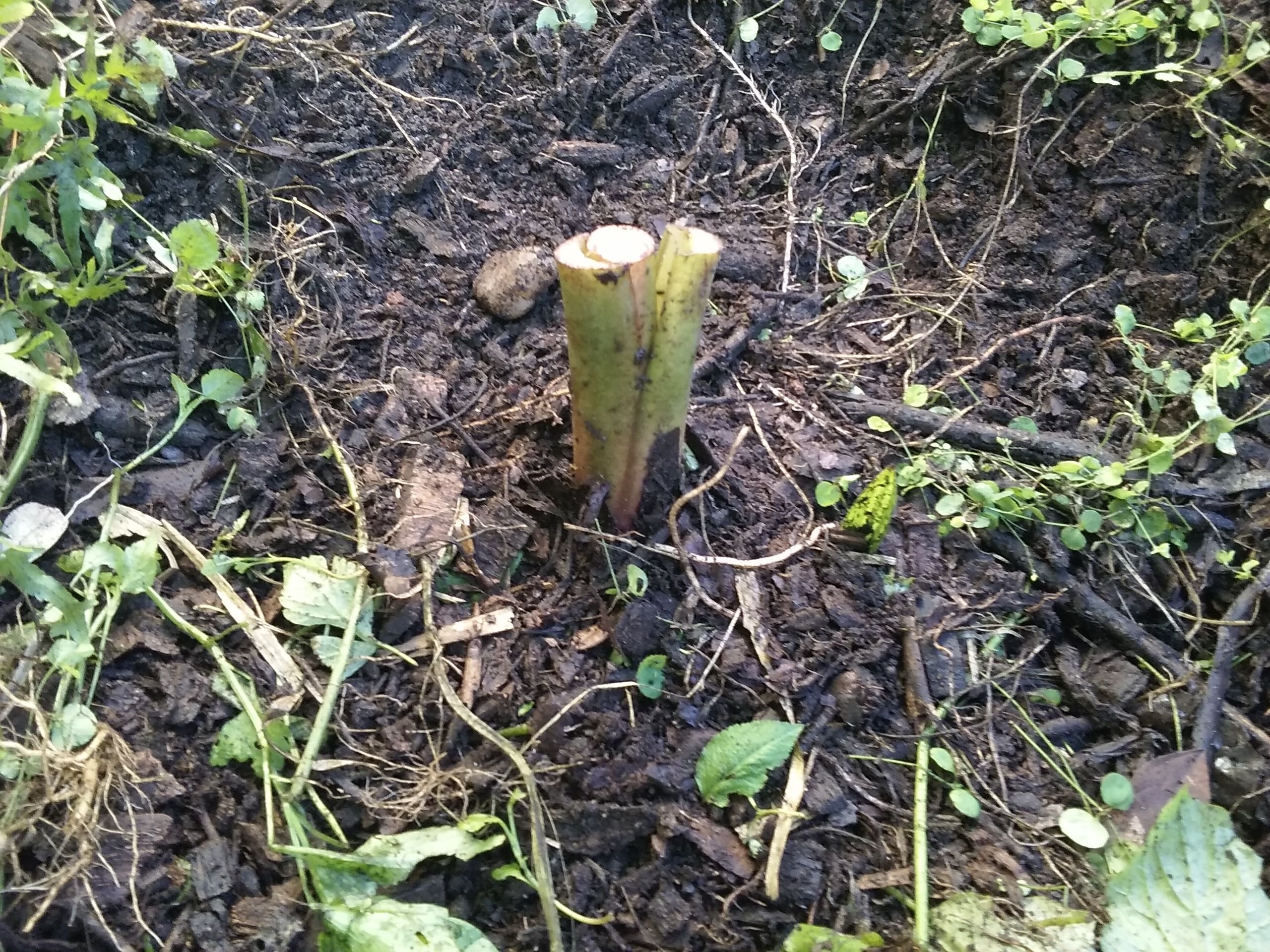
Cover with soil or organic matter
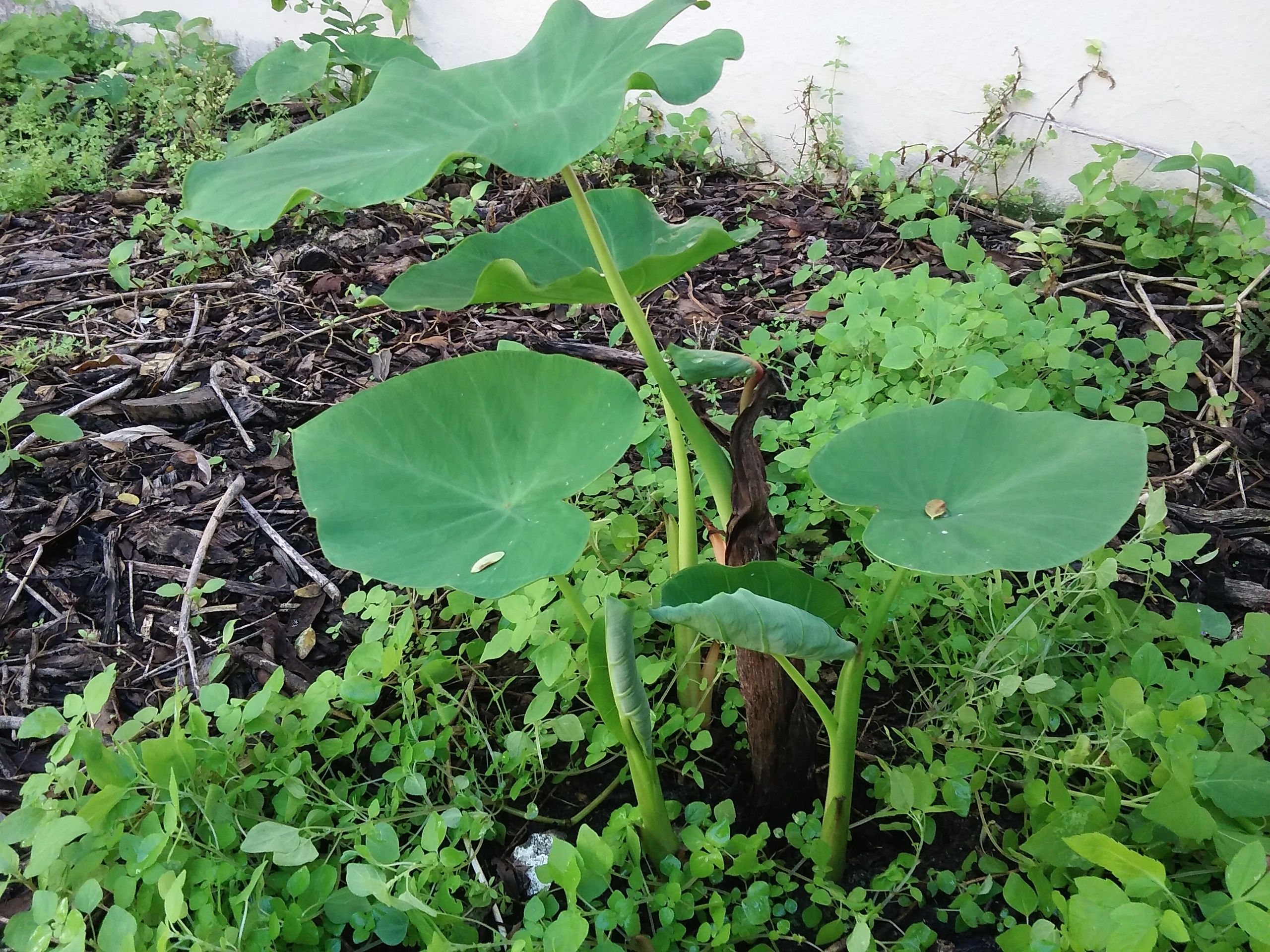
This is what it will look like after 2 months of replanting. I used the same technique to plant this 2 months ago. New leaves have grown from the one-inch cut corm with a few baby plants already growing.
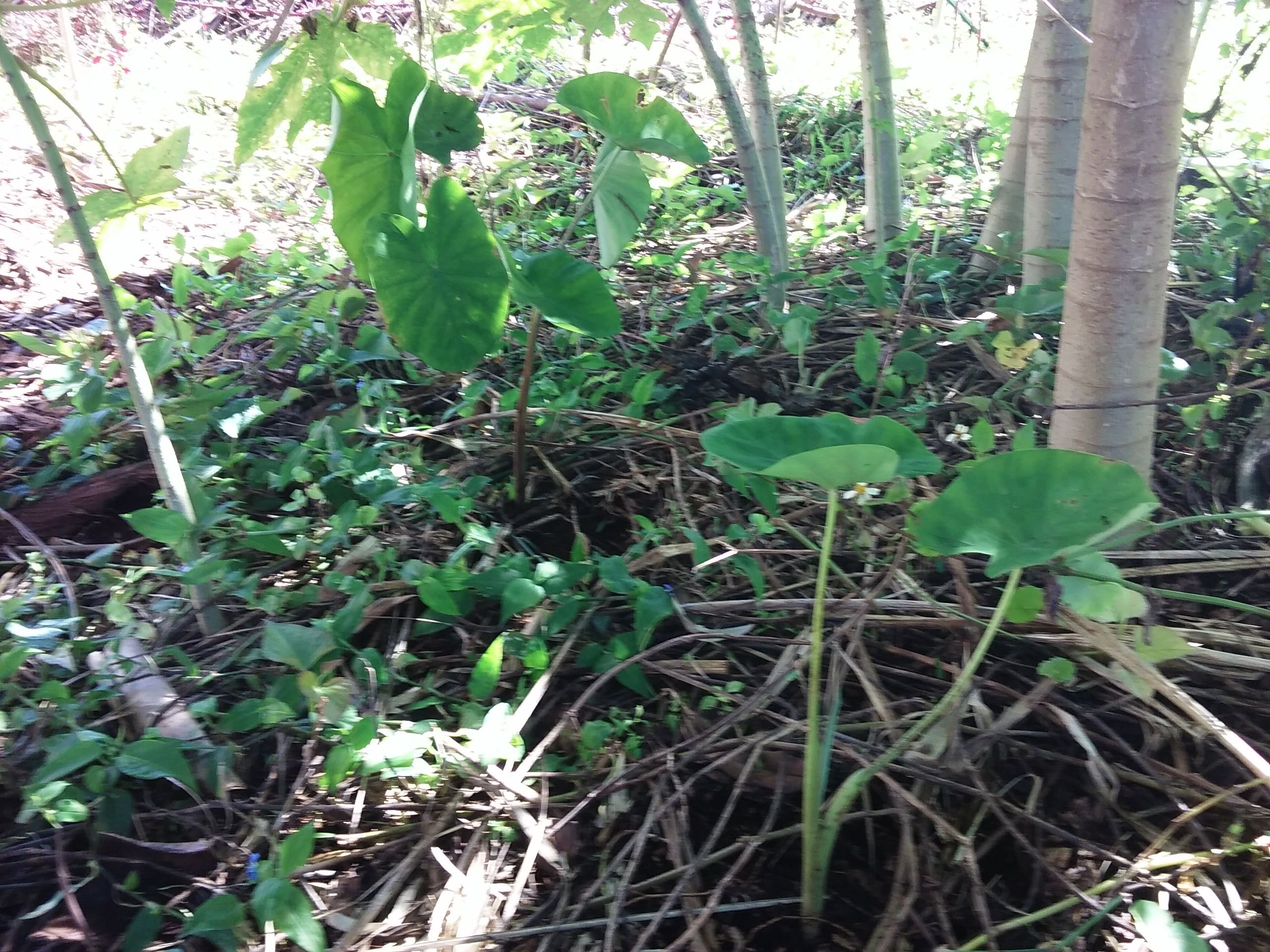
Transplant a few baby plants into the shade where other plants don't grow well. A layered approach increases productivity by mimicking a forest in nature.
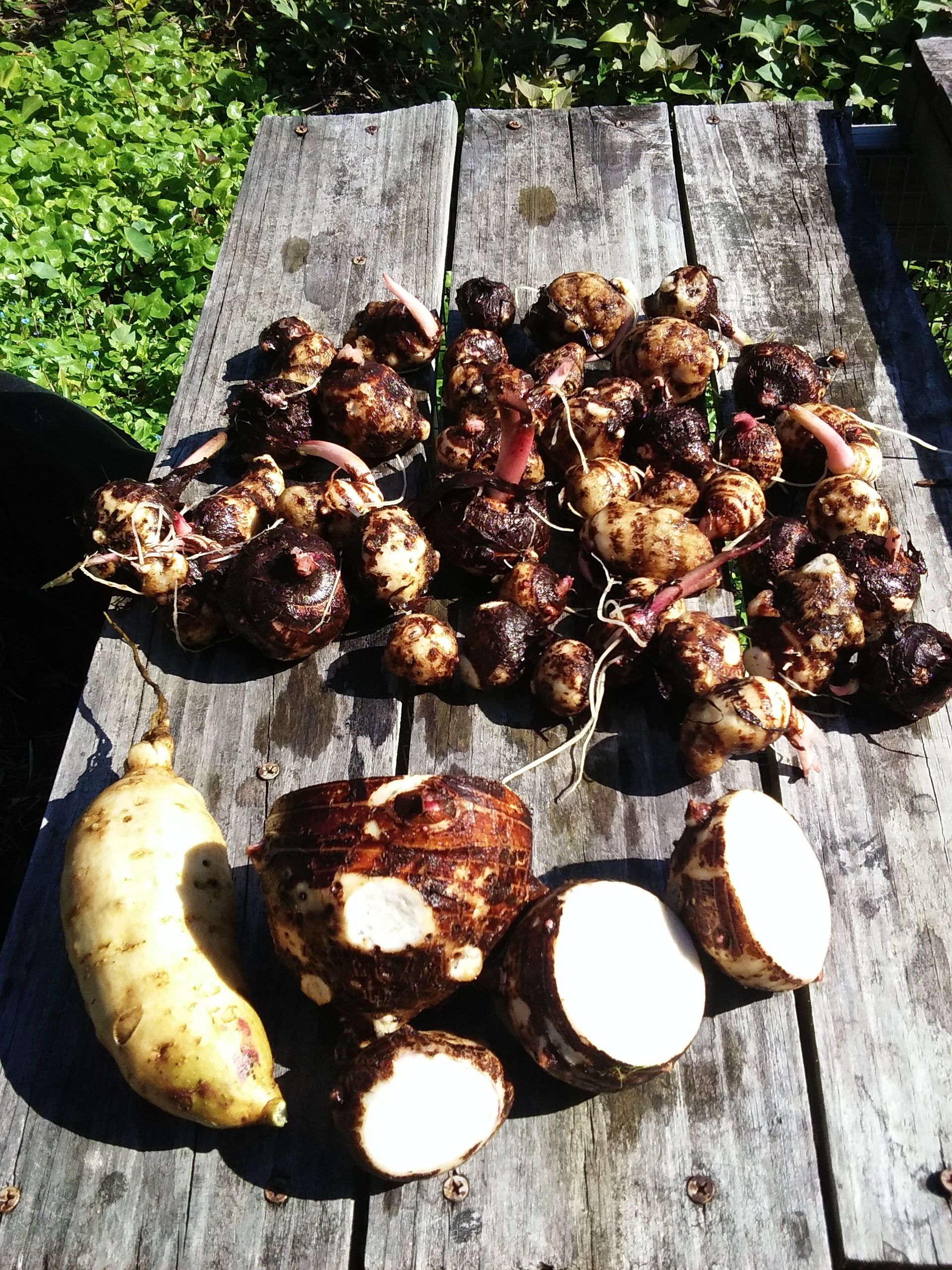
Harvest the larger baby corms for food and plant the smaller ones (not in the photo) just like seeds.
Thank you for walking with me on my journey from consumption to production and watching me grow and harvest malanga. I'll see you next time.
